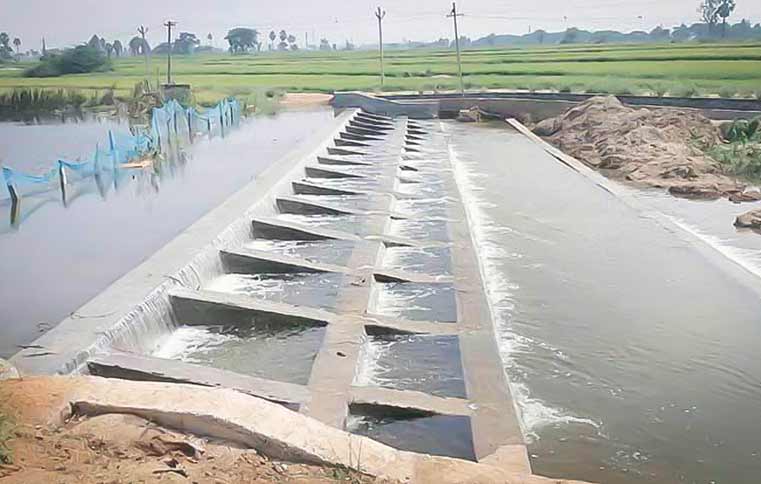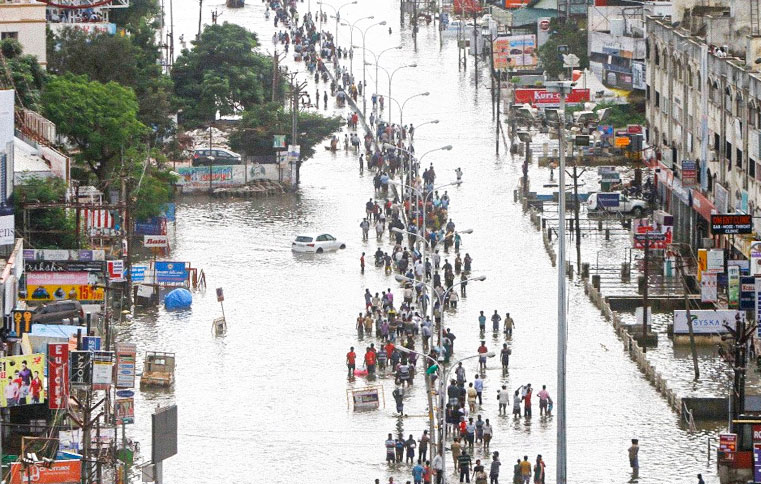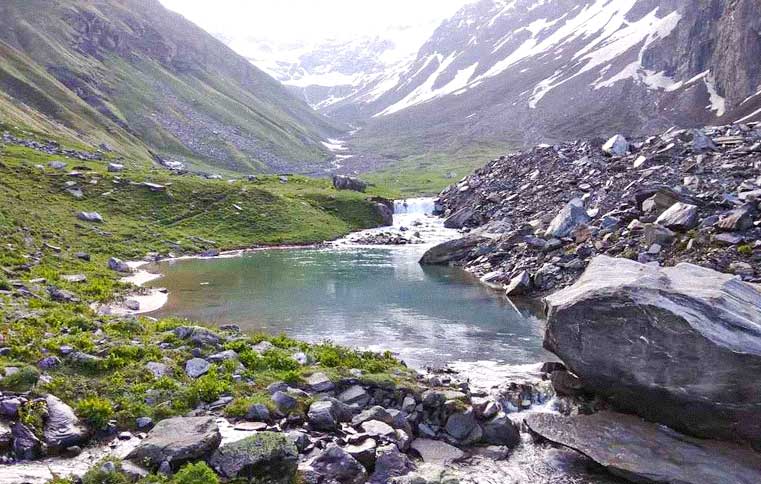Revolutionizing Model of Water Retention Shirpur
By: Muskan Aggarwal | Date: 5th September 2019

In this hour of need, if we need anything, it is the examples of successful environmental programmes and the adoption of their approach to be implemented in a way that is customized to each region on the basis of its requirement.
One fine example is the ‘Shirpur Pattern of Development’ which has been adopted by the taluka to improve the water conservation and protect it from droughts.
Shirpur is a taluka in the Dhule district, north of Maharashtra, which faces water shortage and is mostly dry. Here, the surface water sources are unevenly distributed.
Geologically, three-fourth of the area is covered by Tapi alluvium and the rest by Deccan basalt which leads to more time being taken for aquifers to be filled. Therefore, when the farmers indiscriminately use groundwater, it poses a high risk for droughts.
However, Mr Amrish Patel, an MLC joined hands with Mr Suresh Khanapurkar, a retired geologist, to develop a water conservation plan which would sustain the taluka.
After assessing the geological aspects of the region, it was decided to go with ‘angioplasty’ of water streams, it meant that the streams would be widened and deepened.
The model further envisaged the recharging of wells with water from the canal and construction of bandhs on streams. They achieve this without displacing people further made possible by the small scale of the project.
The implementation of this model has led to the improvement of water-retention in streams ensuring a constant supply to the village. The success of this model has far-reaching impacts both for the farmers and the region as a whole.
The increased availability of water as enabled farmers to bring 80% of the land in 60 villages under irrigation, leading to increased incomes for farmers and sustaining their employment, preventing migration and encouraging reverse migration back into the village.
As for the region, the groundwater levels are being restored thereby, encouraging self-sustenance in the village.
The success of this model inspired replications of this model to be adopted in other regions as well, but it will do well to note that each geographical region has its own requirements and thus each model should be customized to that region to ensure effective and efficient results.
Thus, Shirpur has become a marvellous example which proves that efforts to sustain the environment and its water supply are successful with proper implementation of models devised with the help of experts in the field and firm governmental support.
We should encourage such models especially now, before we lose the precious resource.












